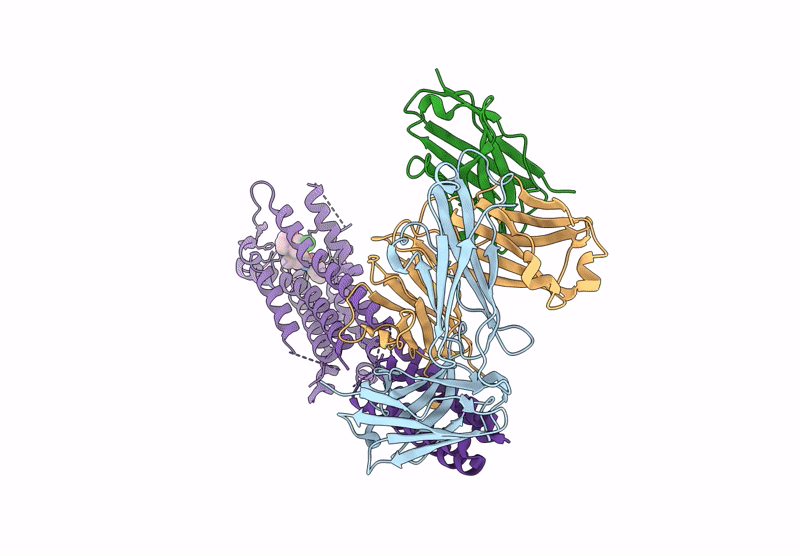
Deposition Date
2024-11-04
Release Date
2025-06-04
Last Version Date
2025-06-04
Entry Detail
PDB ID:
9HAP
Keywords:
Title:
Cryo-EM structure of inactive human arginine-vasopressin (AVP) V2 receptor (V2R) with tolvaptan
Biological Source:
Source Organism:
Homo sapiens (Taxon ID: 9606)
Escherichia coli (Taxon ID: 562)
Escherichia coli (Taxon ID: 562)
Host Organism:
Method Details:
Experimental Method:
Resolution:
2.50 Å
Aggregation State:
PARTICLE
Reconstruction Method:
SINGLE PARTICLE


